
Centaur Bones
Do you believe in centaurs? That’s the question the “Centaur Excavations at Volos” display in Hodges Library poses to all who stand before it. The display is a work of art made from the tea-stained bones of a pony and a deteriorating human skeleton. Bill Willers, a professor of biology at the University of Wisconsin Oshkosh, originally constructed the centaur skeleton and exhibited the project in the mid-1980s.
In 1992, professors Neil Greenberg and Beauvais Lyons raised the funds to buy the bones. Lyons designed the showcase and exhibition text and Bob Cothran from the Department of Theater painted the fake marble and wood panels. The display is a reminder to students and visitors alike to retain a healthy dose of skepticism about what they read and see.
Find out more about the centaur and the Art of the Prank.

James D. Hoskins Library
Built to be the campus’s main library in 1931, Hoskins was designed by architects Barber and McMurry in the collegiate Gothic style. It features painted, arched ceilings that portray the history of the written word and important historical persons such as Shakespeare and Homer. In 1950, the building was named for James D. Hoskins, the fourteenth president of the University of Tennessee.
In 1932 a tower was added to the structure to house an art collection donated to UT by Louis Audigier. The 400 donated items included antique furniture from the 1400s, paintings, antique rugs, jewelry, and a library of several thousand volumes of art and travel literature. The artifacts were housed safely in Hoskins until 1973, when around eighty pieces were stolen during a late-night heist that has never been solved.
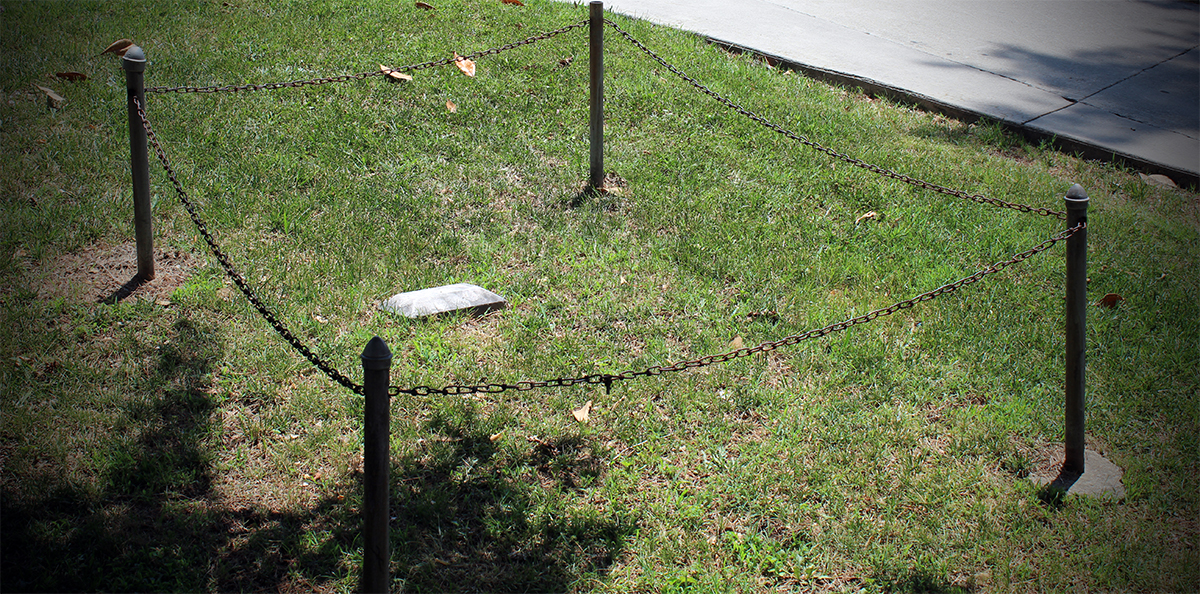
Campus Gravesites
On the Agriculture Campus is a “Hamilton Mound,” an Indian burial mound that probably contains between 10 and 100 graves. It was placed on the National Register of Historic Places in 1976.
In the backyard of Tyson Alumni House on the main campus is the grave of Bonita, the pet dog of Lawrence D. and Betty Tyson, who owned the house. The university purchased the house in 1954 and agreed to keep up Bonita’s grave. Ulysses S. Grant Jr., son of President Grant, gave Bonita to the Tysons’ daughter.
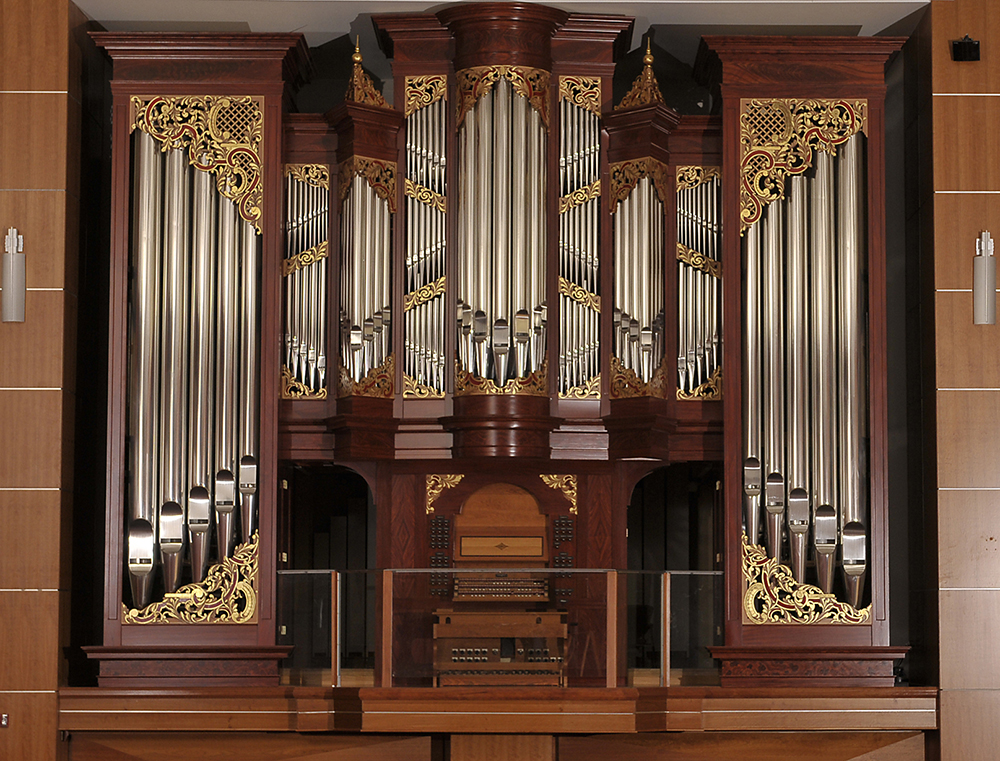
Cox Memorial Organ
At more than 20 feet tall, with nearly 2,500 pipes and three keyboards, the organ in Cox Memorial Auditorium was handmade by Richards Fowkes & Co. in Ooltewah, Tennessee. When it was first made, craftsmen assembled the one-of-a-kind organ at their shop to make sure everything worked correctly, then disassembled it in order to reconstruct it in the auditorium. The organ, which was installed in 2007 and cost more than $1 million, was a gift from James R. Cox, for whom the Alumni Memorial Building auditorium is named.
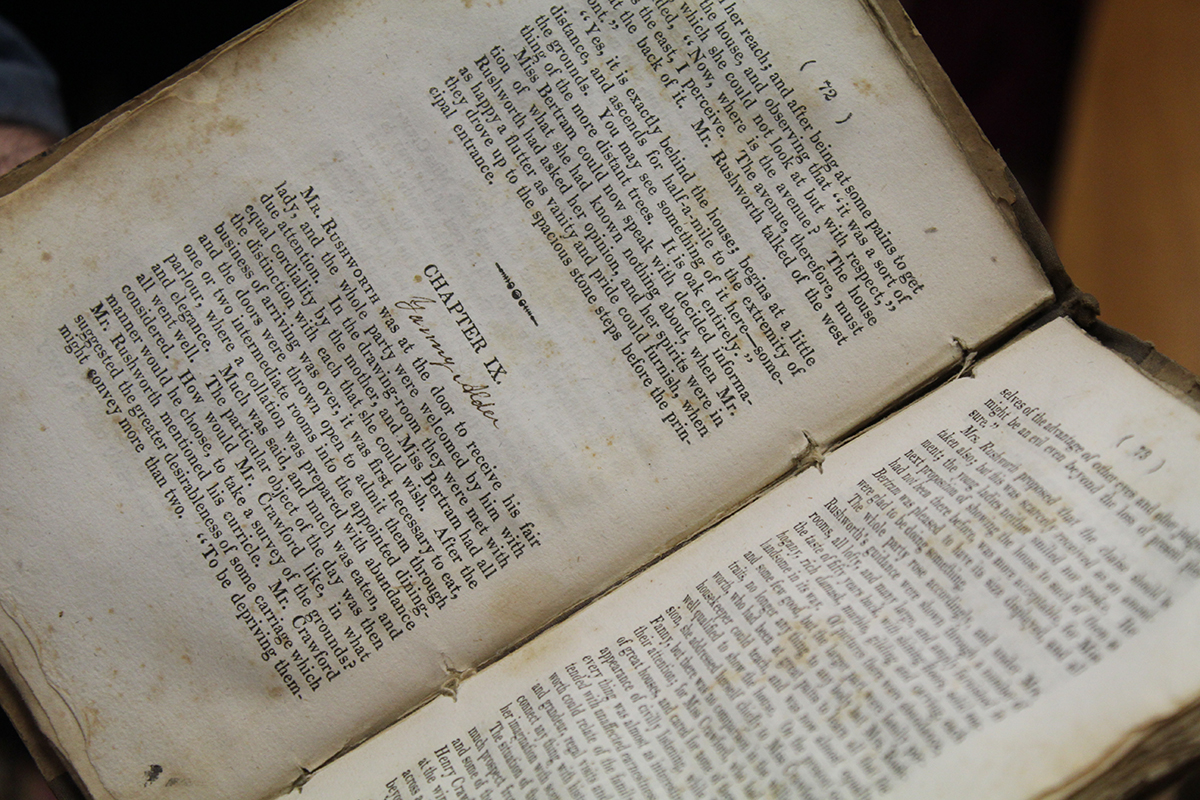
First-Edition Jane Austen Book
In 1980, librarian and book collector Murphy D. Smith (’48; ’49) presented UT Libraries with a collection of Jane Austen’s works and related materials. Special Collections houses the 158-piece gift, which includes a first-edition Mansfield Park and a second-edition Sense and Sensibility.
See what other rare and historical items Special Collections has to offer.
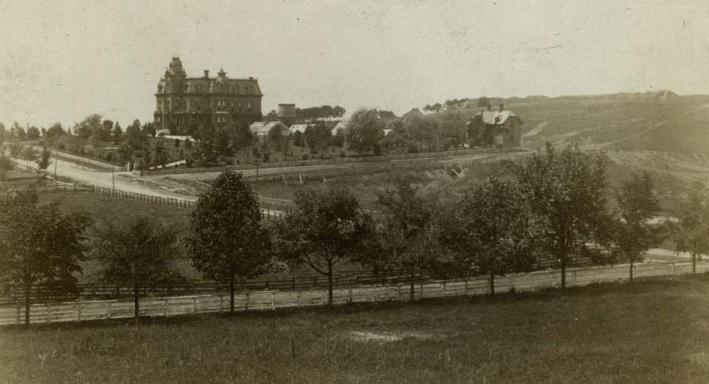
Photo from UT Libraries Special Collections
Gardener’s Cottage
The Cowan Gardener’s Cottage, which is one of the oldest buildings on university grounds (dating to the 1870s), is located on the 1600 block of White Avenue. The small Queen Anne Victorian garden cottage (pictured at the far right in the photo above) still stands and is currently being preserved amidst the renovation of Strong Hall, a women’s dormitory that opened in 1925 and last saw student occupants in 2008. However, the cottage originally belonged to the Cowan mansion property, which was purchased from Daniel Briscoe in 1920 and was located where Clement Hall sits today. The gardener’s cottage has been preserved and will be refurbished during the Strong Hall renovation process.
Find out more about the new Strong Hall.

Blueberry Falls
Just outside the Claxton Complex off of Volunteer Boulevard there’s a quiet little spot away from the hustle and bustle. Students often relax and listen to the babbling of a small waterfall nearby. But what they may not realize is that in the summer, the surrounding bushes produce blueberries. In the near future, visitors and the campus community will be able to pick up a map detailing all the spots on campus where edible fruits and vegetables are ripe for the picking. Blueberry Falls is set to be extended into a greenway that will include new lighting, seating, and bicycle parking.
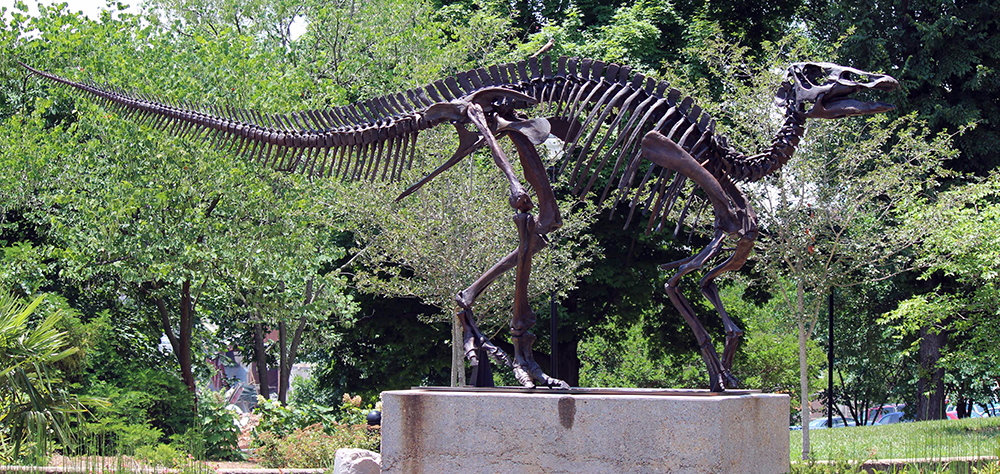
Monty the Edmontosaurus
Monty is a life-size dinosaur sculpture located at the front entrance to the McClung Museum of Natural History and Culture. The sculpture is a 2,400-pound, 24-foot-long bronze skeleton of an Edmontosaurus annectens, a hadrosaur, or duck-billed dinosaur, that was common in Tennessee during the Late Cretaceous period. The museum also is home to the actual bones of a duck-billed dinosaur.


1 comment
I loved this, I recognized many of these items from my years at UTK. I never knew all of this fascinating and fun facts thank you for bringing them to me and others! but it was also astonishing to learn about a first edition Jane Austen book and other Treasures that are held at the University of Tennessee. I am eternally prepped to always be first and foremost a volunteer at heart. Go Vols!
Comments are closed.